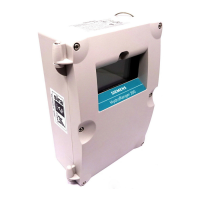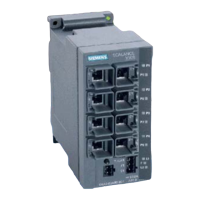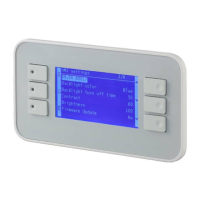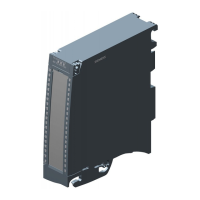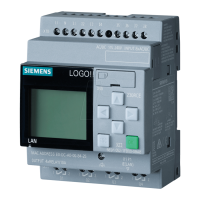Technical reference
A.2 Echo processing
HydroRanger 200 HMI
302 Operating Instructions, 06/2018, A5E36281317-AC
Echo processing consists of echo enhancement, true echo selection, and selected echo
verification.
is achieved by filtering
1)
and reforming
2)
the echo profile. The true echo
(echo reflected by the intended target) is selected when that portion of the echo profile meets
the evaluation criteria of Sonic Intelligence. Insignificant portions of the echo pr
ofile outside
3)
,
below the TVT curve
4)
, and less than the confidence threshold
5)
6)
,
are automatically disregarded. The remaining portions of the echo
profile are evaluated using algorithm
7)
and short shot bias
8)
. The echo profile portion provid-
ing the best echo confidence
9)
True echo verification is automatic. The position (relation in time after transmit) of the new
echo is compared to that of the previously accepted echo. Wh
en the new echo is within the
10)
, it is accepted and displays, outputs, and relays are updated per the
11)
and rate parameters
12)
. If the new echo is outside of the window, it is not accept-
ed until echo lock requirements are satisfied.
Narrow Echo Filter (2.11.2.6.) (Page 224) and Spike Filter (2.11.2.7.2.) (Page 224)
Reform Echo (2.11.2.5.) (Page 223)
Span (2.2.2.) (Page 169) + Range Extension (2.2.7.) (Page 172)
TVT Type (2.11.3.6.) (Page 230), TVT Shaper (2.11.4.) (Page 231), TVT dB
(Page 230), TVT ms (2.11.3.8.) (Page 231), TVT Slope Minimum (2.11.3.9.)
231)
Long Echo Threshold (2.11.2.3.) (Page 223)
Short Shot Floor (2.11.2.11.) (Page 226)
Algorithm (2.11.2.2.) (Page 222)
Short Shot Bias (2.11.2.10.) (Page 225)
Long Confidence (3.2.11.2.) (Page 262)
Echo Lock Window (2.11.5.5.) (Page 235)
Fuzz Filter (2.11.5.6.) (Page 236)
Fill Rate/minute (2.3.2.) (Page 173), Empty Rate/minute (2.3.3.) (Page 173), Filling
(Page 176) and Emptying Indicator (2.3.10.) (Page 176)
13)
Echo Lock (2.11.5.4.) (Page 235)
TVT (time varying threshold) curves
A TVT curve describes a threshold below which any echoes will be ignored. The default TVT
curve is used, until Auto false echo suppression (2.11.3.2.) (Page 227) and Auto false echo
suppression range (2.11.3.3.) (Page 228) are used to create a new ’learned TVT curve’.
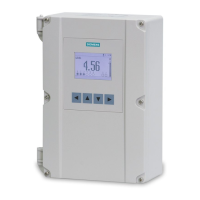
